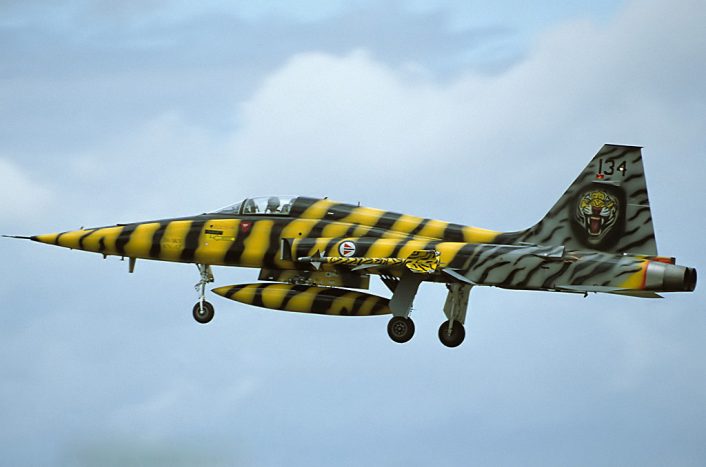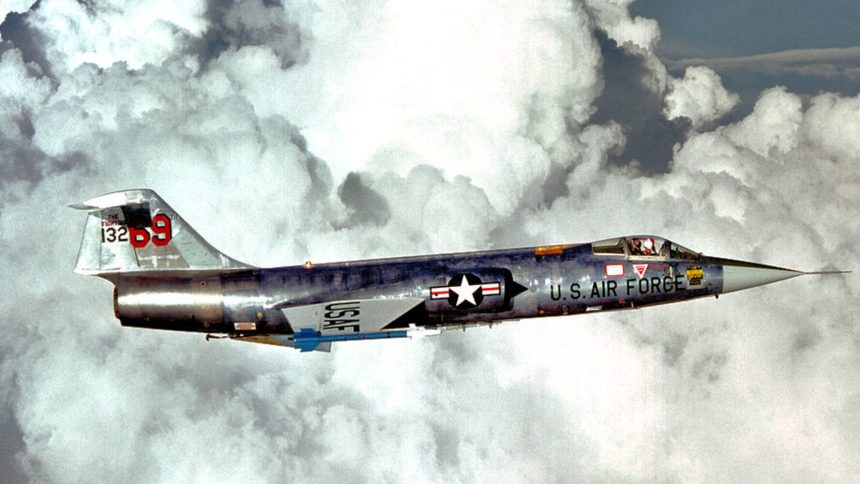Conceived as a high-performance fighter for the export market, the Lockheed CL-1200 was a company-funded attempt to build an improved and cost-effective version of the Starfighter.
From the Skunk Works
A product of the famous Lockheed Skunk Works headed by Clarence “Kelly” Johnson, the CL-1200 was designed in the late 1960s. The idea was to compete in the lucrative Cold War fighter/interceptor export market with an aircraft using parts, jigs, and tooling from the previous successful F-104 Starfighter, but more affordable and faster to produce. The Lockheed Skunk Works has developed numerous advanced aircraft designs, beginning with the P-38 Lightning during World War Two. Other aircraft owing credit to Kelly Johnson and his team included the P-80 and the U-2 spy plane.
Proposed in 1970, it was hoped the company-funded CL-1200 would be yet another Skunk Works success story, with plans for deliveries beginning in 1972. Designs included all-weather interceptor versions, as well as reconnaissance and two-seat trainers. However, the aircraft would have some tough completion from well-known and tested fighters of the time, including the McDonnell Douglas F-4 Phantom II, the French Dassault Mirage III, the Soviet Mikoyan-Gurevich MiG-21, and the Northrop F-5.
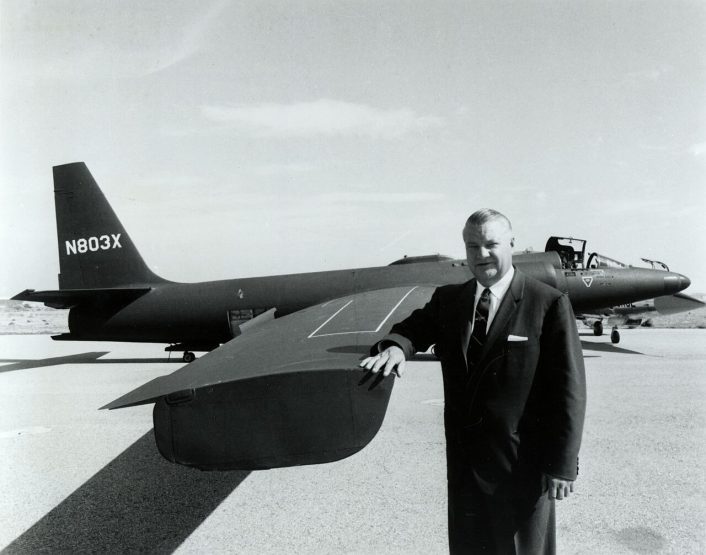
CL-1200 Specifications and Performance
Using the F-104 fuselage structure, but lengthening it by 30 inches to 57.2 ft to provide extra internal fuel capacity, the Lancer would also be constructed using titanium alloy in some of the rear sections of the fuselage. Height of the aircraft measured 17.1 ft. The wing was placed upwards to become shoulder-mounted and also moved back; with a wing-span of 29 ft, it had a larger surface area than the F-104. New leading edge extensions were added, new inner wing panels featured an additional trailing edge flap double the size of the F-104’s. Improved short-field performance and reduced landing speed would have resulted.
The tailplane was also modified; it was increased in area and moved down from the top of the vertical fin to the lower area of the rear fuselage, avoiding the downwash effects of the higher mounted wing, as well as eliminating the pitch-up issues the Starfighter was known for. Hydraulic and electrical systems remained mostly common to the F-104, as well as the landing gear.
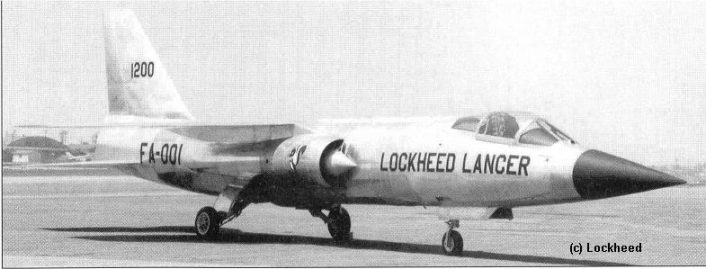
Power would be provided by a single General Electric J79-GE-19 turbojet engine for the CL-1200-1, with an engine upgrade for the later CL-1200-2 (also known as CL-1600) variant using the Pratt & Whitney TF30-P-100 housed in a redesigned fuselage. The new engine would have increased maximum power and thrust around 60 percent. Air intakes were changed to include variable shock cones replacing the fixed cones of the F-104, optimizing performance. Estimated top speed for the aircraft was Mach 2.57, maximum range 2,100 miles, service ceiling 60,000 ft, and a rate of climb of 60,000 ft/min (feet per minute).
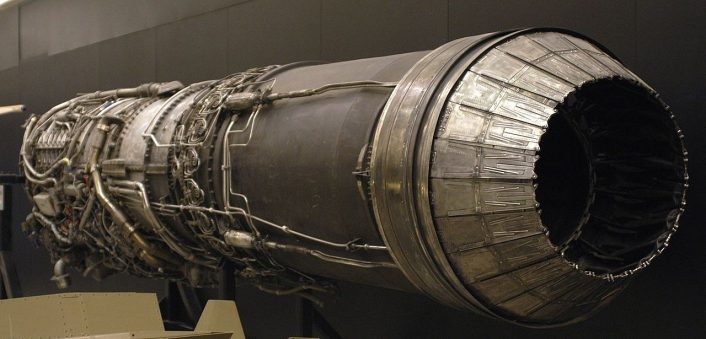
Firepower included the GE M61A1 Vulcan 20 mm cannon, a six-barreled rotary gun firing at up to 6,000 rounds per minute, the same standard armament of the F-104. An alternative 30 mm French built DEFA cannon could also be fitted to the Lancer. Up to 12,000 lbs of ordinance on nine weapons stations could also be carried by the CL-1200-2, including ground attack munitions. For aerial threats, up to four AIM-7 Sparrow air-to-air missiles could be carried, and six AIM-9 Sidewinder air-to-air missiles with the ability to carry up to ten. Wing-tip and underwing pylons could also carry external fuel tanks of the same type as the F-104 to extend range.
Cancellation
Despite the fact the most targeted customers (Western European) of the Lockheed CL-1200 already flew, and some even license-built, the Lockheed F-104, along with the fact that the new aircraft promised an affordable, quick to manufacture, and effective fighter, the Lancer was not to be. Entering the International Fighter Aircraft competition in 1970, the CL-1200 lost to the Northrop F-5. Only a wooden mock-up covered with metal skin was ever built, no aircraft was ever completed. Lockheed had extensively studied and documented the cost effectiveness as well as performance advantages of the Lancer to no avail.
The United States Air Force (USAF) proposed a research aircraft based on the CL-1200 designated the X-27 to test high performance engines and other advanced technologies but, due to lack of funds, it only resulted in a mock-up and a few fuselages converted, with none flight-capable. The CL-1200-2 was a proposal derived from the X-27 as an entry in the Lightweight Fighter Competition in 1972, but the designs of the General Dynamics YF-16 and the Northrop YF-17 were chosen instead.
